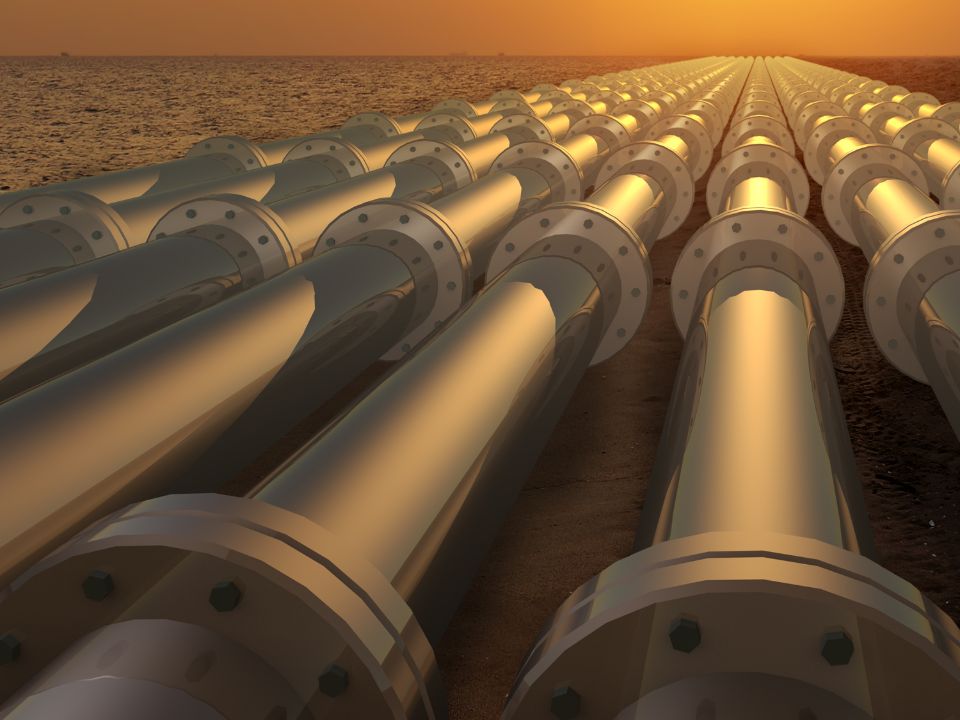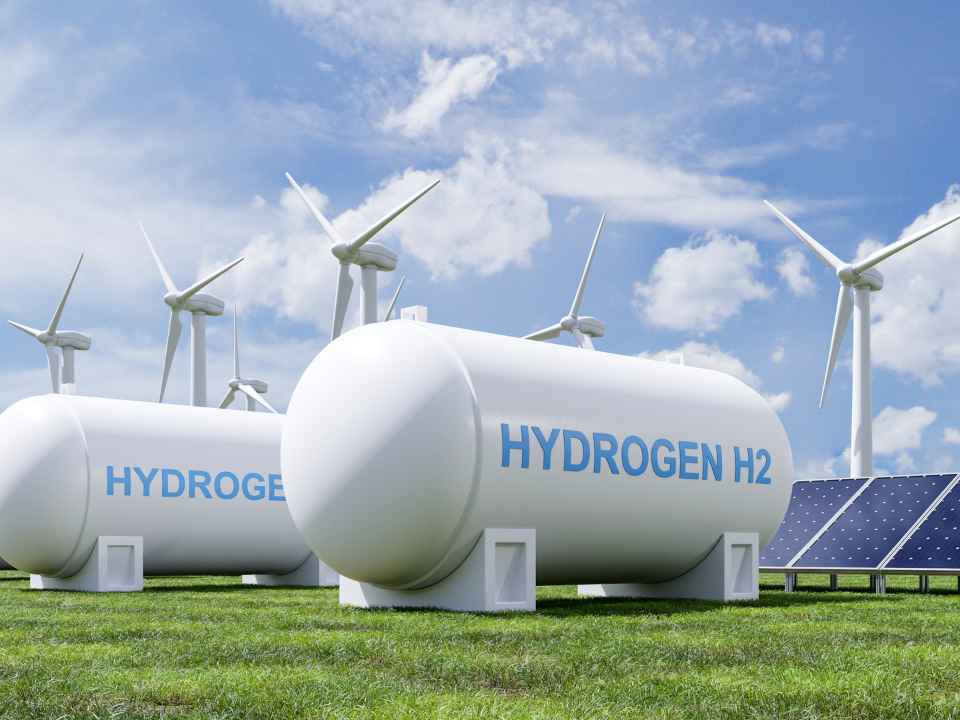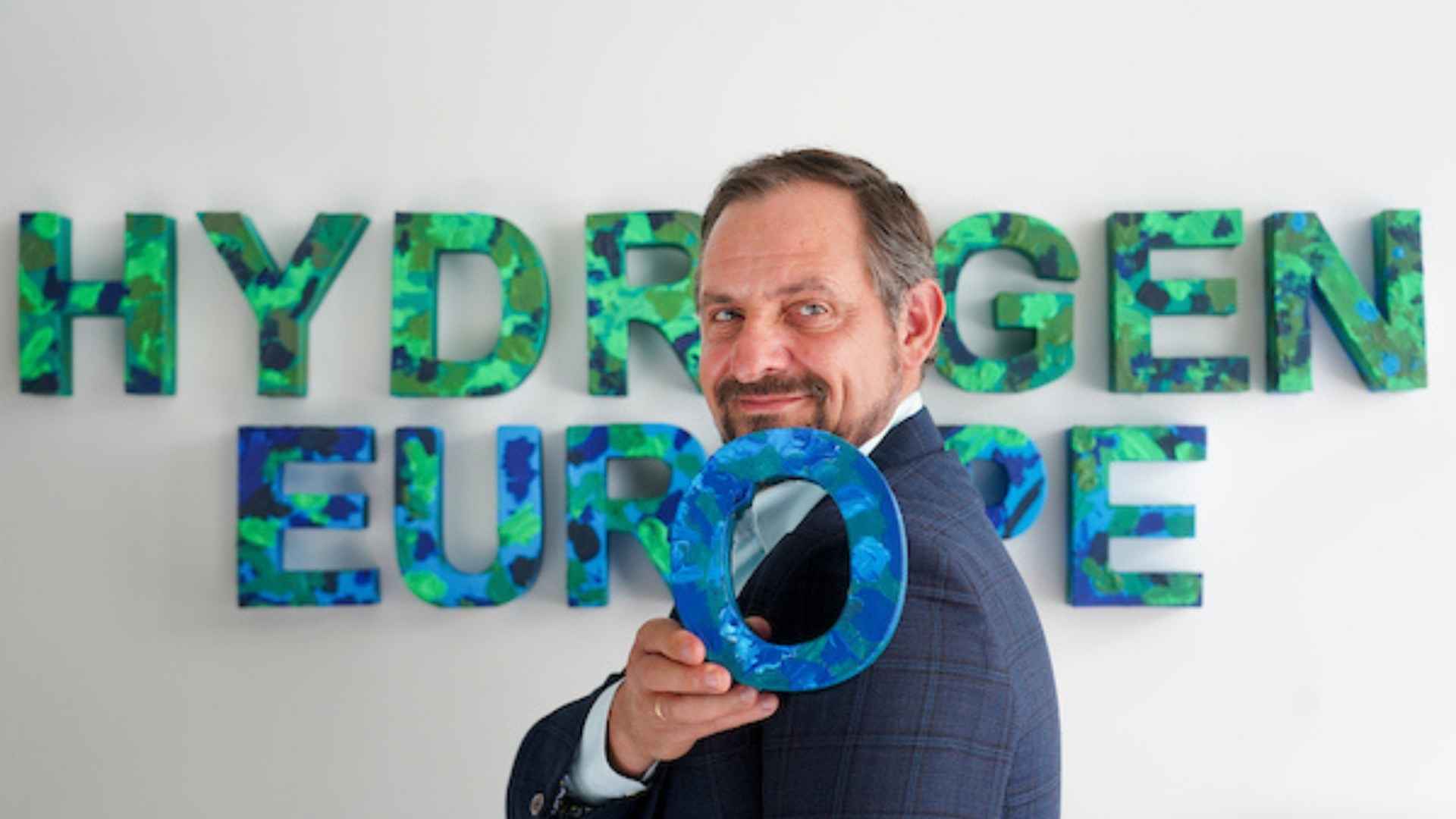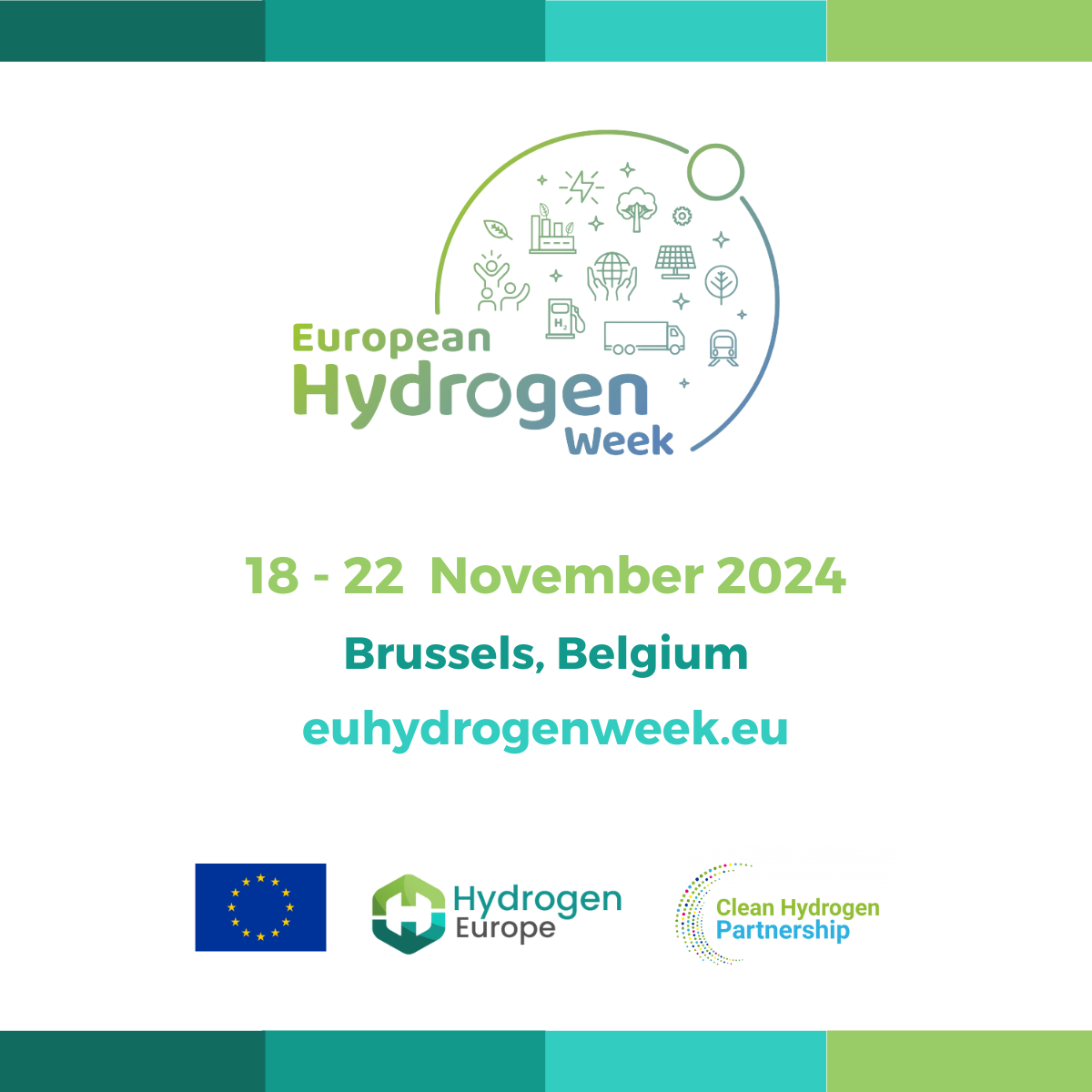
King Willem-Alexander marks start of construction of Gasunie’s national H2 network
30 October 2023
ABB joins HyPilot project
31 October 2023China and the US are making headway in the hydrogen and cleantech industries, while the EU is lagging behind. Jorgo Chatzimarkakis, hydrogen and energy expert, analyzes the current situation and discusses possible solutions for the EU to improve its competitiveness and avoid dependence on other countries.
How is China positioning itself in relation to hydrogen and what impact does this have on the EU?
The current report “Global Hydrogen Review 2023” from the International Energy Agency (IEA) shows that half of the world’s available electrolysis capacity for the production of green hydrogen will exist in China by the end of 2023. 1.2 gigawatts of production capacity will therefore be available in the Middle Kingdom. For comparison: In the EU, the current capacity of green hydrogen is 220 megawatts. That’s 0.22 gigawatts.
Incidentally, the wind energy sector is developing in a similar way in China.
What does this mean for the EU and therefore for Germany? A look at solar panels helps. China’s commitment to the development of solar technology was and continues to be accompanied by a cost revolution: around 87 percent of the photovoltaic systems imported into Germany in 2022 came from China. According to BloombergNEF, 75 percent of the world’s production capacity for batteries – for example for electric cars – is located in the People’s Republic. The EU is becoming dependent. However, in times of various geopolitical instabilities, the EU should insist on the best possible independence and diversified supply chains.
Are there other countries besides China that are doing a better job of promoting hydrogen and other cleantech solutions than the EU?
Yes, the USA. Hydrogen and cleantech are also on the other side of the Atlantic. The Biden administration’s Inflation Reduction Act is attracting European companies to the USA – and with them valuable value chains. In the area of hydrogen, this example aptly illustrates: the USA offers a “Swiss knife”. So just a few steps are required to achieve a lot. Small and medium-sized companies (SMEs) see things more quickly. In the EU, however, things are different: it has different funding instruments – in this sense, a large, messy toolbox. So it takes time for SMEs to gain an overview. The US President recently improved the “Swiss knife”: In the future, almost three million tons of blue and green hydrogen are to be produced in seven selected regions in California, Texas and along the East Coast – including the necessary infrastructure. Seven billion US dollars are available for this.



